Last February 6, the Queen of England, Elizabeth II, celebrated her own Platinum Jubilee, that is, the 70th anniversary of the beginning of her reign, which began on February 6, 1952, and in this early June 2022, a long series of events were held in London to celebrate the important anniversary. Queen Elizabeth’s image is also linked to that of her many portraits, known and lesser known: the best is surely the one executed in 1955 by Pietro Annigoni, but so many are certainly unsuccessful. Why then are portraits of Queen Elizabeth often so sad? That is the question asked by Times art critic Waldemar Januszczak.
“It was during her princess years,” Januszczak writes, “that things between the queen and the camera really began to heat up. Sociologists, historians and cynics will tell you that those were already years of exponential growth in the image business: new magazines, new cameras, a new interest in novelty. As an entity, the royal family had become actively aware of the need to present a new self-image to its population. Not only in Britain, but in every corner of the huge pink empire it ruled.” And indeed, the critic writes, the many photographs helped to globally launch the image of Elizabeth II: works by masters of this art are cited, such as Dorothy Wilding who took one of the first official photographic portraits of the queen, by Cecil Beaton who, as a seasoned fashion photographer, in 1948 restored the image of Elizabeth as the fairy tale princess the world had always dreamed of, and finally Andy Warhol ’s pop prints of 1985.

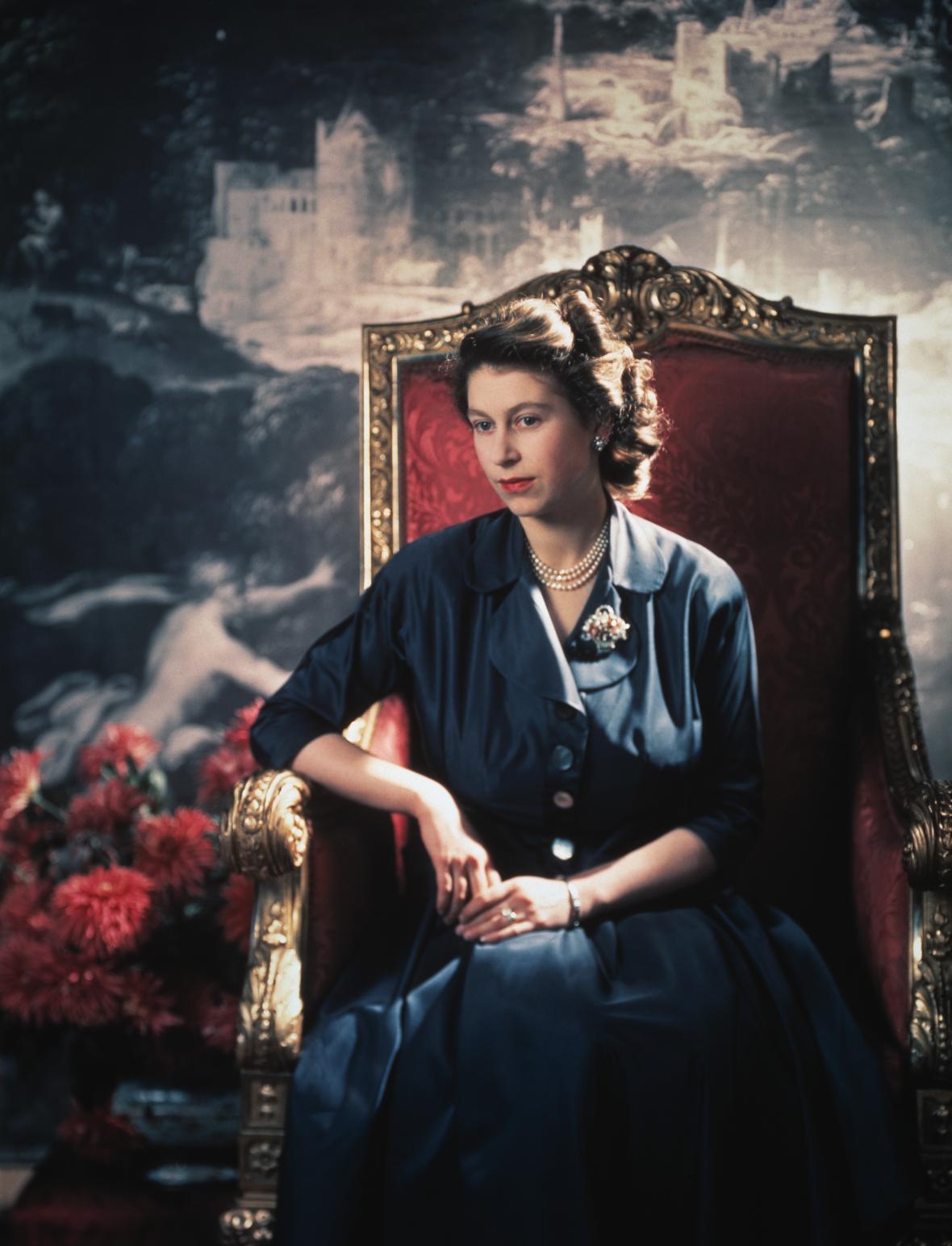 Photographic portrait of
Photographic portrait of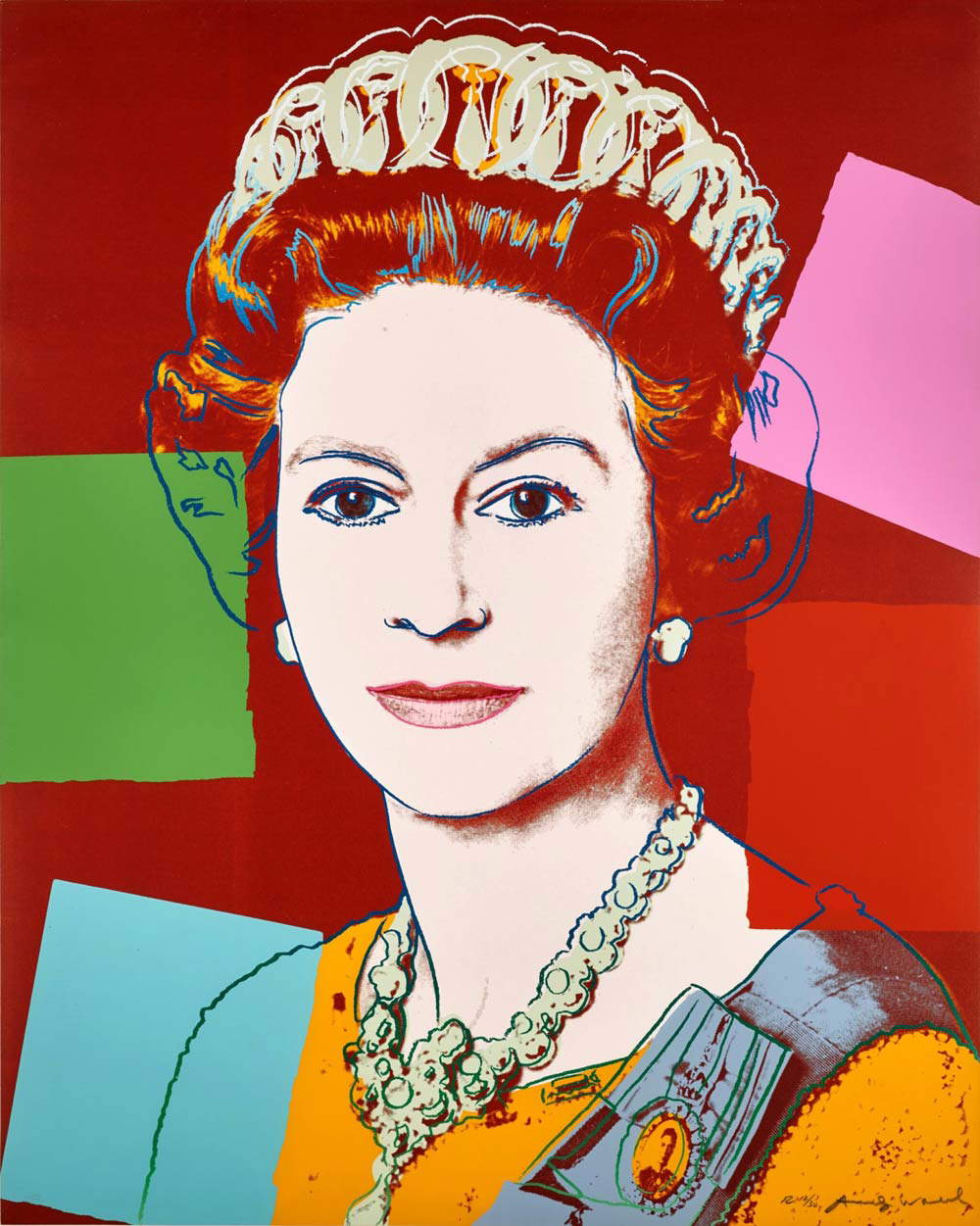
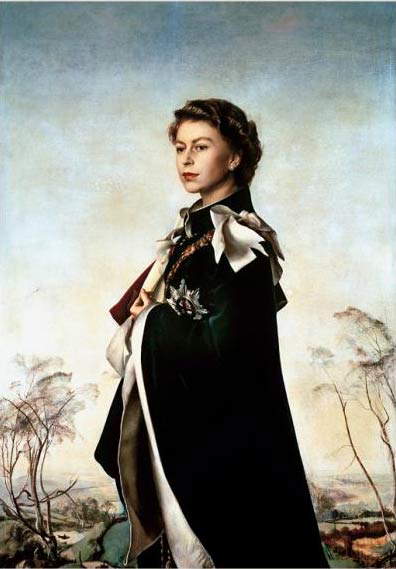
In painting, however, the results have not always been exciting. “The English monarchy,” Januszczak recalls, “holds a respectable record when it comes to commissions for paintings of itself. Henry VIII showed real insight when he made Hans Holbein his court artist. It was Holbein who invented the extra-large monarch without whom today’s Tudor industry would have had no monsters to imagine. Elizabeth I may never have found her own Holbein, but she controlled an image machine that produced highly effective presentations of her as the Virgin Queen. Even a bad king like George IV showed superior artistic taste when he turned to Sir Thomas Lawrence to paint him.”
Not so well, however, for Elizabeth II who, the critic writes, “unfortunately ushered in a downturn in this history. Most of the painters she turned to came from a squalid institution, the School of Talentless Lackeys. The results were ugly resembling pictures, or at any rate very uninteresting ones.” Januszczak acknowledges that “fashionable Italian Pietro Annigoni was perhaps the best in 1955 when he painted the recently crowned monarch in a traditional post, post, post-Renaissance style. The results were close enough to one of Beaton’s actual photographs to remain fascinating.”
Annigoni would later try again in 1969, but without achieving the same success. Others would try their hand at decidedly ugly portraits: some names (not mentioned by Januszczak) might be Dan Llyerlyn Hall’s for the Diamond Jubilee, Chinwe Chukwuogo-Roy’s 2002 Golden Jubilee, Isobel Peachey’s 2010. “At some point in this catalog of failures,” Januszczak writes, “someone at Buckingham Palace seems to have persuaded the Queen to be more adventurous: who indeed was to show up to try, in 2000, if not Lucian Freud? Freud was a brave choice. But also disastrous. Her tiny portrait, not much larger than one of Her Majesty’s stamps, makes her look like an old lady in a nursing home [...]. The only British artist who might have been up to the task of producing a portrait of the queen that would add something meaningful to the parade of royal paintings (David Hockney) declined the challenge. When asked why at the last jubilee in 2012, he said he did not have the time and, moreover, that he usually paints only people he knows. Thus the platinum reign of Elizabeth II has not produced any painted portraits that can be referred to as a great royal image. The photography of her early years is rich in achievement. The paintings that follow are inexorably disappointing.”
Difficult subject matter, bad luck, a desire to overdo it, poor choices when it came to selecting artists capable of producing effective portraits of her majesty? Perhaps a combination of all this, perhaps a line that did not pay off (Januszczak attributes these failures to a change of strategy on the part of the British monarchy, which wanted to present itself as more humble and less privileged in order to “ingratiate itself with the Joneses,” i.e., the simple citizens, with the result that the charismatic princess of the 1940s and 1950s became a subject of unexciting paintings), but still, not everything is to be thrown away. Januszczak saves, for example, Peter Blake ’s portrait executed for the Radio Times cover of the 2012 Diamond Jubilee. In the painting, the queen “wears the same glittering tiara she wears on our stamps. Around her neck hangs a cluster of serious white jewels, matching her white dress and snow-white hair. The blue of her garter band seems to rhyme with her eyes. What makes the portrait, however, is the beautiful smile that lights up her face. It was obviously taken from a photograph. But the artist has expanded it into something touching. That’s what painting can do.”
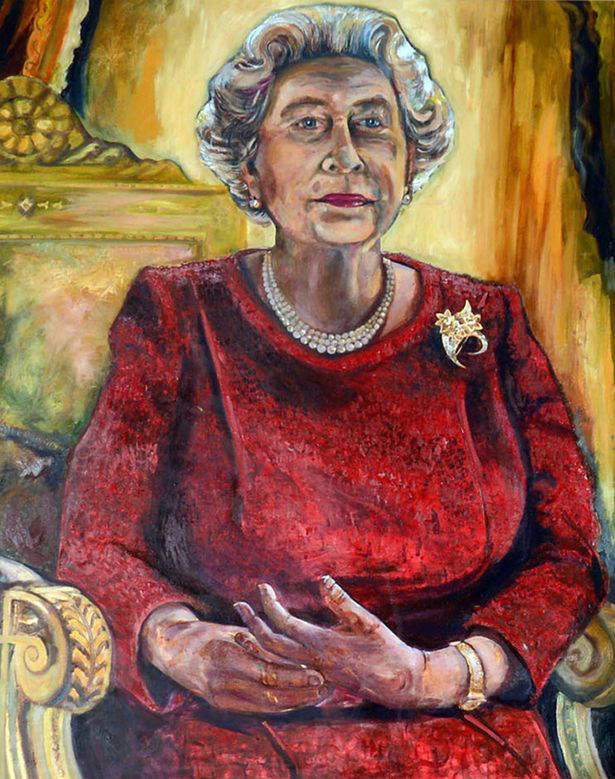
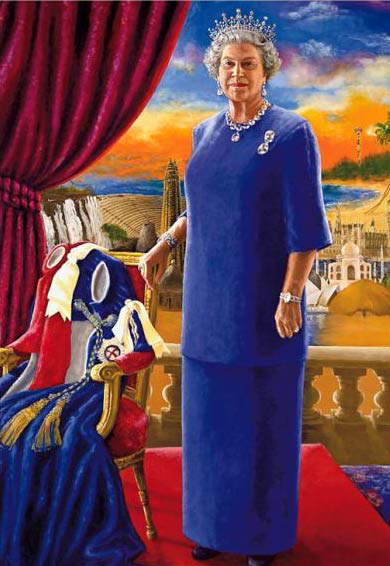 Portrait of
Portrait of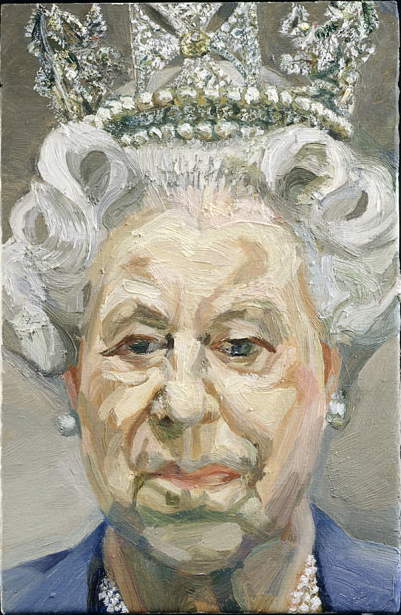
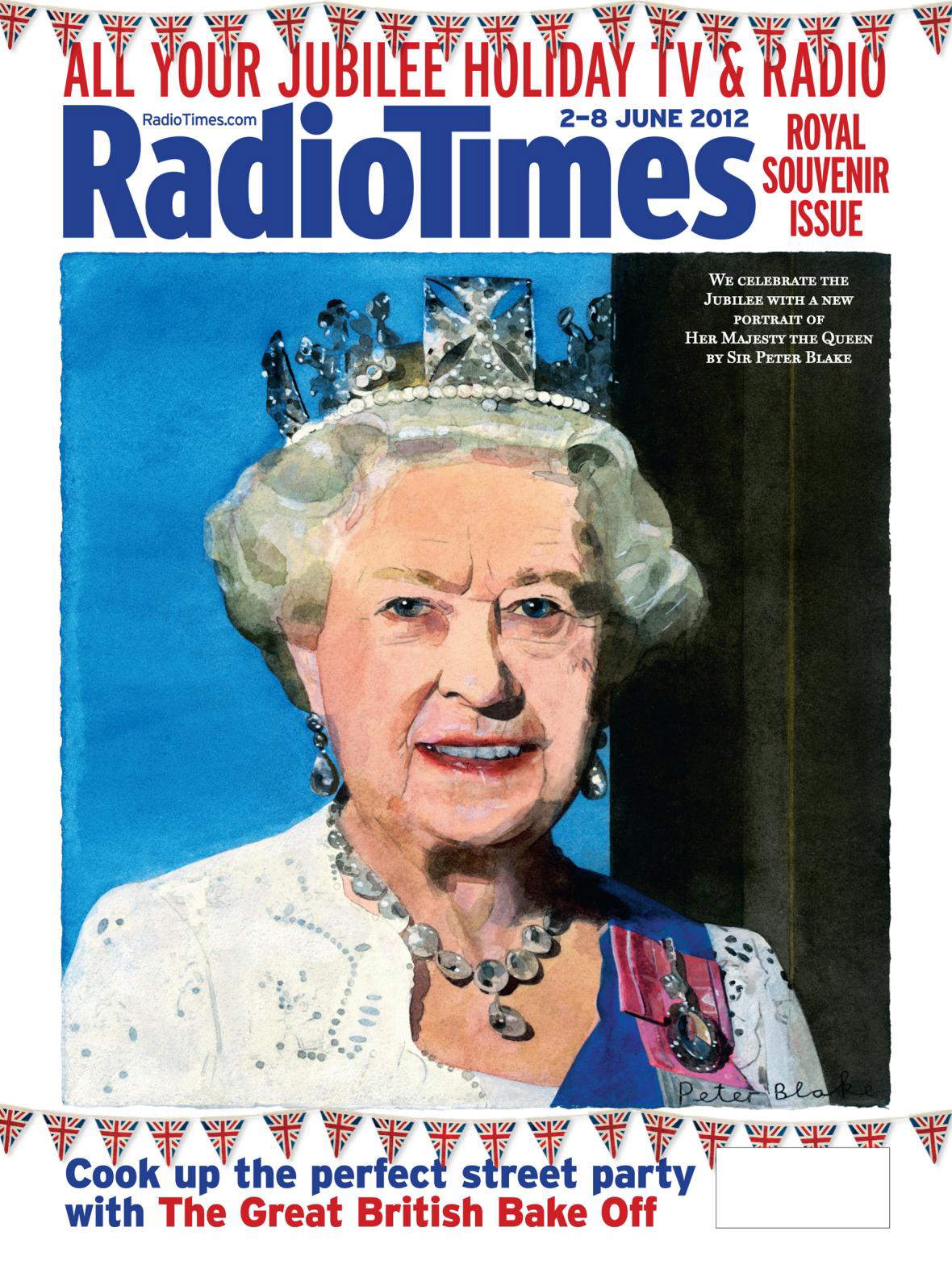
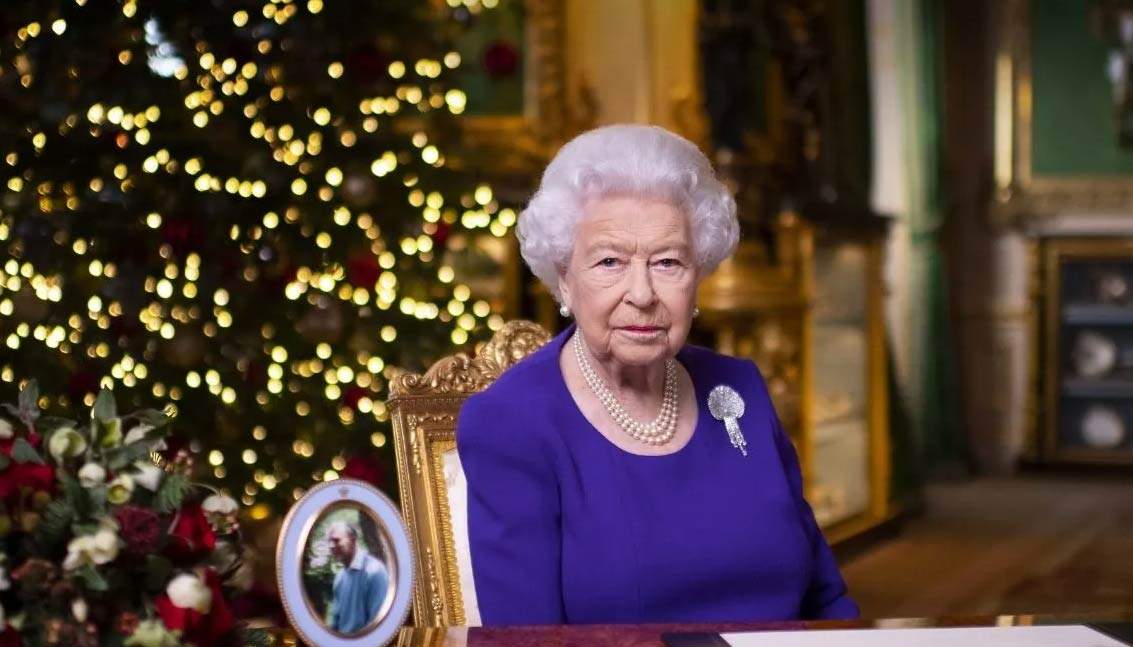 |
| Why are portraits of Queen Elizabeth II often so ugly? |
Warning: the translation into English of the original Italian article was created using automatic tools. We undertake to review all articles, but we do not guarantee the total absence of inaccuracies in the translation due to the program. You can find the original by clicking on the ITA button. If you find any mistake,please contact us.